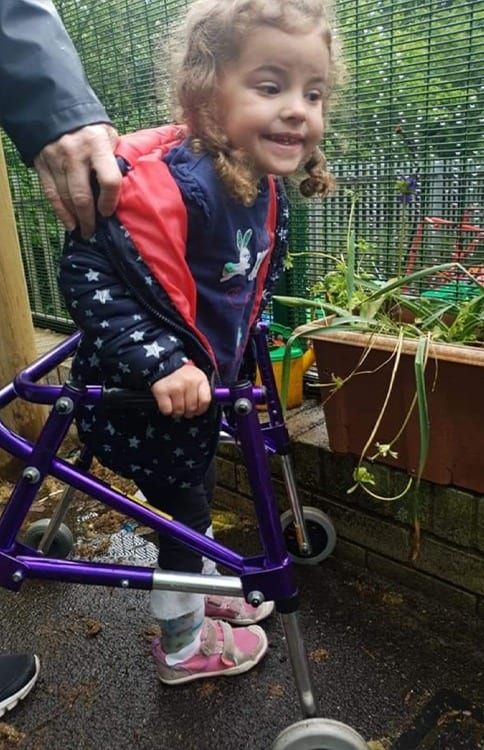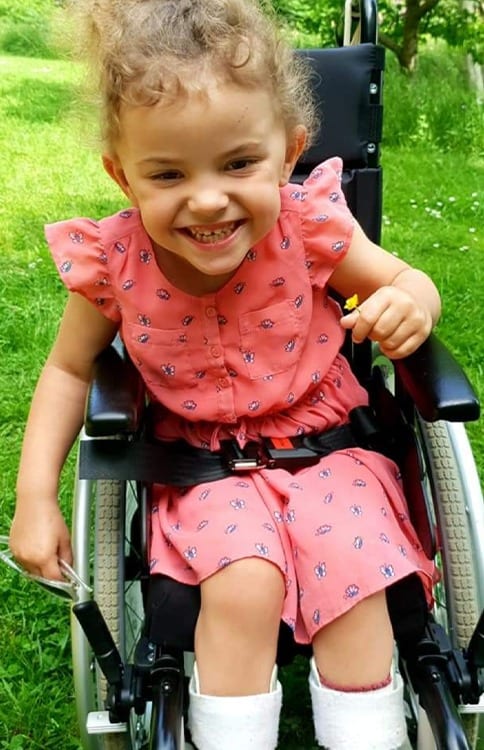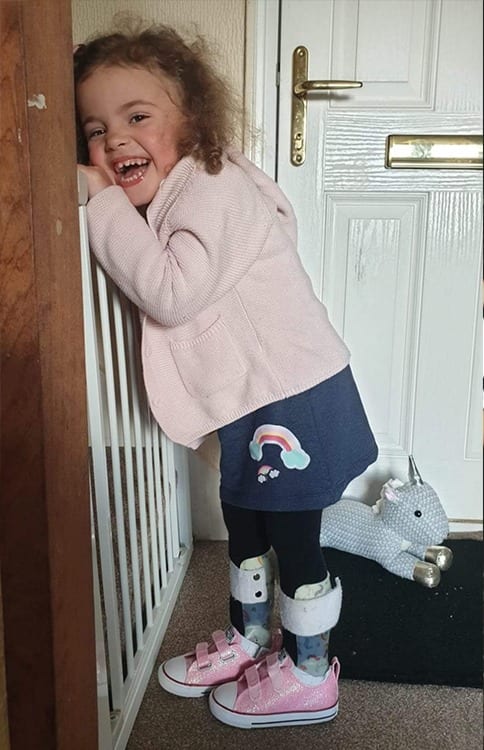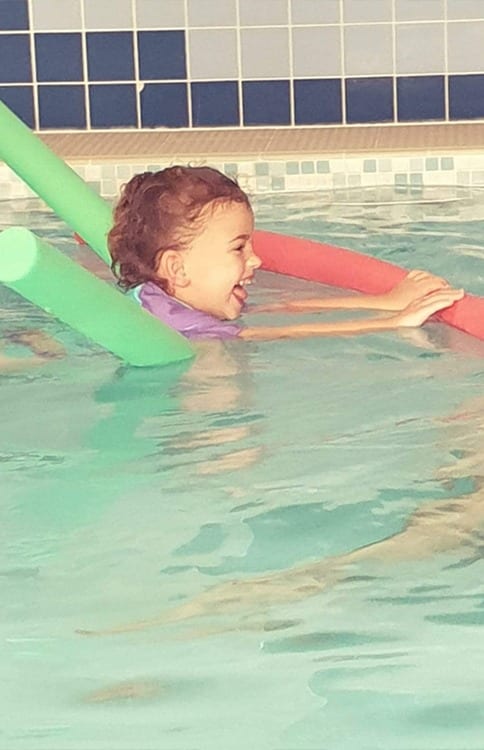Vtech’s Toot-Toot Drivers is a big hit in our house. My son, Joshua, loves to build and play with cars, so the brightly coloured interlocking track pieces and musical, light up vehicles are always his go-to toy. He will happily spend a couple of hours creating elaborate cities and roadway systems – which makes Toot-Toot a hit with me too!
When the Toot-Toot Drivers Airport arrived for review, Joshua was very excited and couldn’t wait to rip the box open and get stuck in. The airport requires some assembly, but the instructions were easy to follow so Joshua was able to help me build it and enjoyed putting the stickers on.
Included in the set are two mini jets along with a larger SmartPoint Toot-Toot jet that plays three songs and six melodies. There are four SmartPoint locations around the airport that work by activating different phrases and sound effects when a Toot-Toot vehicle drives over one. I really like this feature as it provides even more interaction and helps with early language development.
Once Joshua was ready for take-off, he used the flip-up launcher to send the Toot-Toot jet speeding down the runway and the spinning cloud attachment on the control tower to fly it in the sky. Toot-Toot is great for imaginative play, and it was a joy to see Joshua flying the plane on the cloud telling me that he was going on holiday to Spain where we went on our last family trip.
Toot-Toot Drivers Airport also comes with several pieces of track, a roundabout to ferry passengers around, and spinning radar, wind meter and runway lights. As a standalone set, the airport offers enough features to keep any toddler / preschooler engaged, however the best feature is that all the Toot-Toot play sets connect together so the airport can easily be added to an existing collection ready to build the ultimate city.
A well-made and durable learning toy, Toot-Toot Drivers Airport is suitable for ages 1-5 years and is priced at £34.99.











